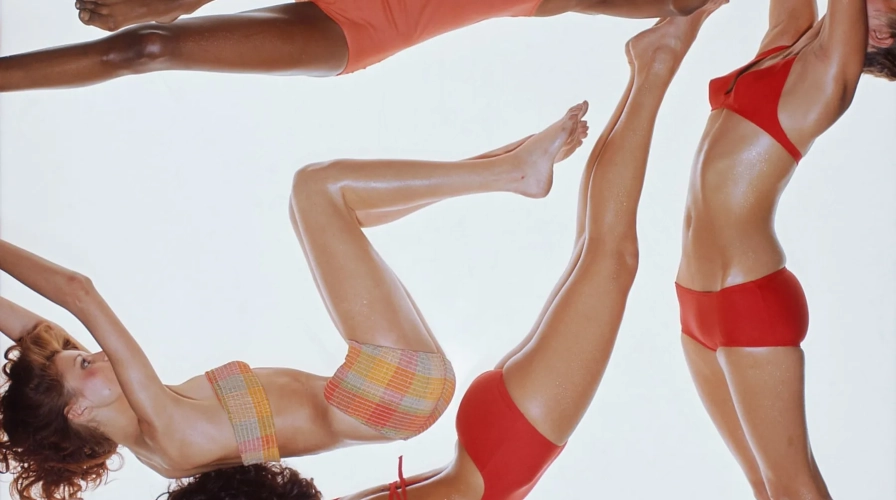The Palais Galliera: Fashion and Movement
The Palais Galliera, through its collections and a selection of guest works, explores the connection between the body, fashion, and movement, juxtaposing everyday wardrobes with sports attire to reveal their transformations.
A dive into fashion history:
In 1920, with the foundational donation of its collection to the City of Paris, the Société de l’Histoire du Costume, led by its president Maurice Leloir, advocated for the creation of a museum presenting a permanent history of fashion. Since 2021, the Palais Galliera has fulfilled this vision within the Gabrielle Chanel galleries, showcasing the evolution of fashion from the 18th century to the present day through its collections.
Regularly renewed displays, essential for the preservation of the pieces, allow for varied perspectives, highlighting the entirety of the Palais Galliera's collections. Each exhibit provides a thematic and cross-disciplinary approach, addressing historical, sociological, and technical questions beyond a mere chronological fashion narrative.
The delicate nature of the works necessitates careful presentation for their preservation. They are displayed in cases to prevent dust accumulation, and lighting is kept minimal to protect sensitive textiles and materials like paper.
Fashion in Motion at the Palais Galliera
The development of physical activity and the emergence of modern sports trace back to 17th-century England, where the aristocracy embraced outdoor leisure. Influenced by British culture, French society adopted sports practices, initially within the elite before gradually permeating lower social classes. The hygienist theories underpinning 19th-century French social policy promoted physical activity for public health.
This shift altered perceptions of the male and female body. The inherent movement in sports demanded continuous evolution and adaptation of clothing and accessories, a trend that persists today.
Evolution Over Time
The evolution of sportswear reflects a blend of functionality, style, and eco-responsibility, merging luxury with athletic brands. Initially reserved for the upper class, early sportswear focused on coverage. By the 1920s and 1930s, sports clothing became specialized. Later, sportswear evolved into a style influenced by urban culture. Today, inclusivity and performance define this mode, catering to both athletes and everyday wearers.
During the exhibition, various themes emerge, including "Seaside Bathing," "Tennis: Elegance in Sport," "Women at the 1924 Olympics," "Sneakers as Fashion Icons," and the dominance of sportswear in the 21st century, among others.
The changing styles over time are evident in the shapes, styles, and colors of clothing. For instance, 19th-century tennis dresses, predominantly white (a high-maintenance color), symbolized a society capable of maintaining and renewing garments.
With a straight cut and trompe-l'œil ties, these dresses reflected youthful, sporty fashion. Today’s outfits are less rigid, with varied colors, eschewing strict dress codes.
Insights from a fashion enthusiast:
The exhibition highlights women remarkably. Most displayed outfits are designed for women, illustrating the evolution of women's fashion. The pieces showcase clothing that supports bodily movement, emphasizing the liberation from restrictive attire and promoting comfort and confidence.
The exhibit also honors iconic female designers like Gabrielle Chanel and Madeleine Vionnet, who crafted practical and elegant garments.
Feedback from a non-fashion enthusiast:
The exhibition is interesting but heavily focused on women, with little emphasis on men's fashion.
The color palette feels cold and dull, and the materials used are often repetitive. The design of the pieces lacks variety, which can make the exhibition feel monotonous unless one deeply engages with its theme. Nevertheless, the layout and ambiance of the exhibition are commendable.
Practical Information:
FASHION IN MOTION: 3 INSTALLATIONS
Installation 1: June 16, 2023 – March 15, 2024
Installation 2: April 26, 2024 – January 5, 2025
Installation 3: February 8 – September 7, 2025
Cover photo copyright: Palais Galliera, promotional image




Comments (0)